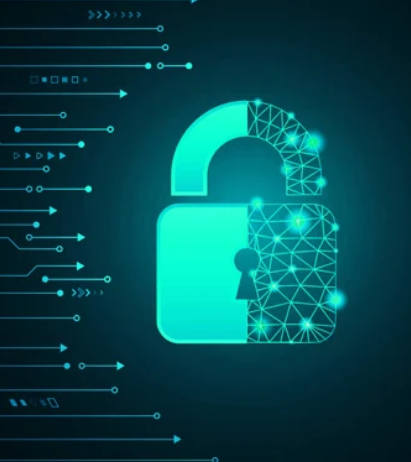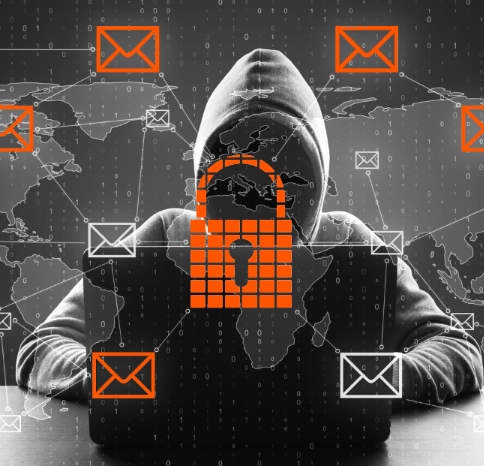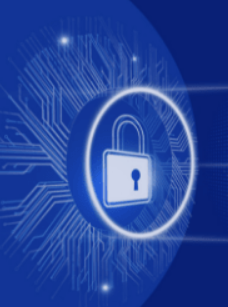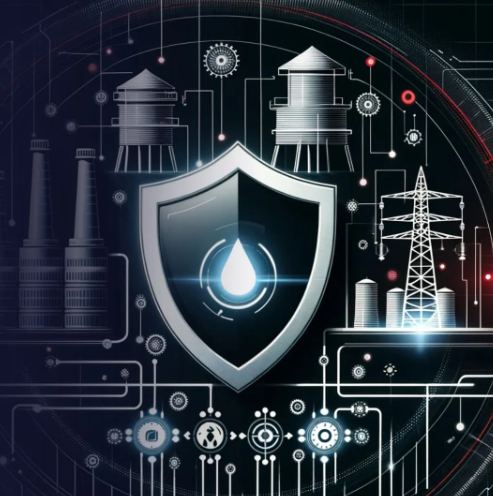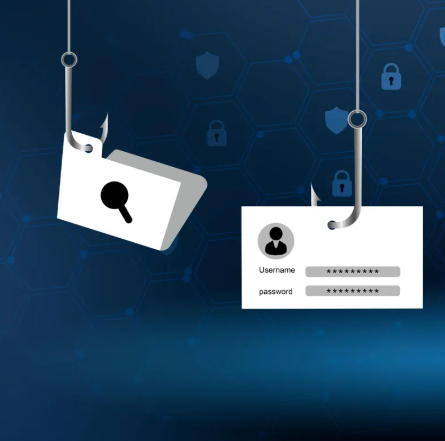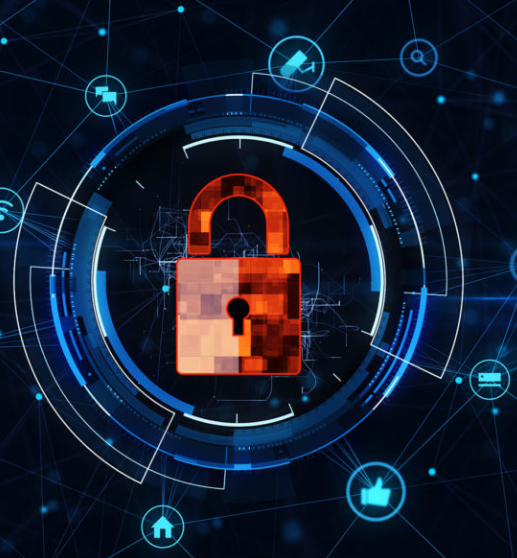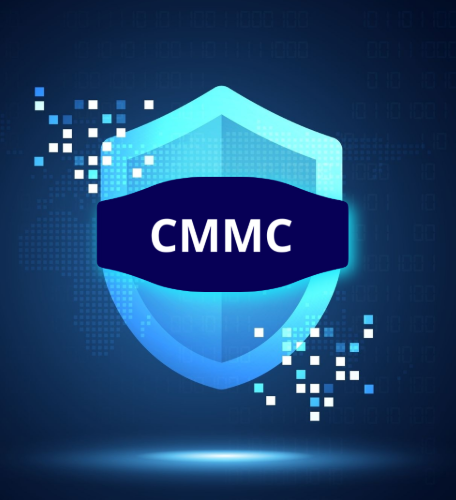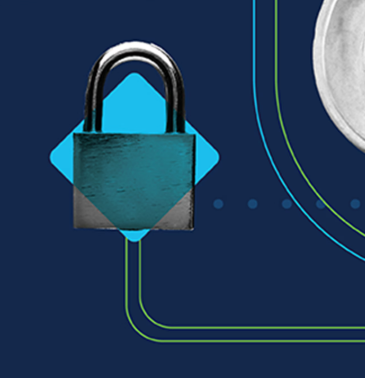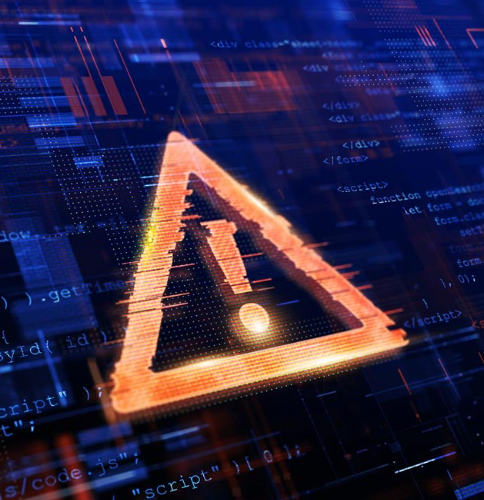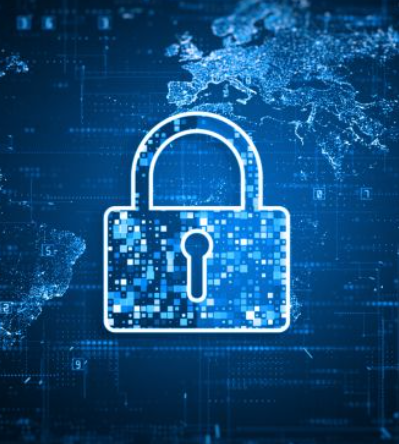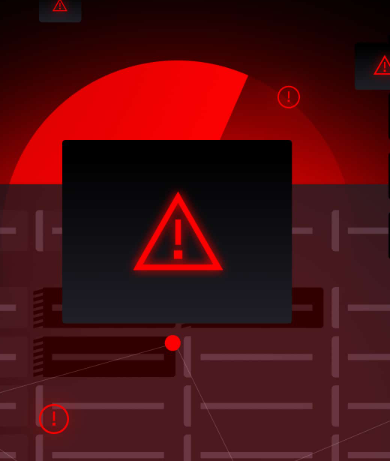
In the current cybersecurity landscape, detecting threats is crucial, but getting the alerts right is even more important. A system flooded with false positives can overwhelm security teams, leading to alert fatigue, slower response times, and even missed threats. To truly protect your digital environment, organizations need to focus not just on the volume of alerts, but on their accuracy. Improving the precision of threat detection strengthens your defenses and enhances your team’s ability to respond effectively.
Why Accurate Threat Detection is Essential
Cybersecurity teams often handle hundreds, or even thousands, of alerts daily. Many of these are false positives, which require analysts to sift through non-threatening anomalies, while real threats may go undetected. Accurate detection allows your team to focus on genuine threats, minimizing wasted effort and enabling quicker responses. In a world where time is critical, precision in threat detection can make the difference between a minor incident and a major breach.
Did You Know?
Up to 45% of security alerts are false positives, which contribute to delayed responses and increase burnout among cybersecurity professionals.
Common Reasons for Low Threat Detection Accuracy
1. Outdated Signature-Based Systems
Traditional detection tools often rely on known malware signatures. While this works for familiar threats, it fails to catch new or modified attack methods, leading to missed alerts or irrelevant notifications.
2. Lack of Contextual Awareness
Without context, legitimate actions can be mistaken for threats. For instance, an alert triggered by an unusual login may not actually be a threat if the user’s role or past behavior is not considered. Effective threat detection needs to analyze these factors to differentiate between real dangers and normal activities.
3. Misconfigured Security Tools
When security systems aren’t tuned correctly, they can become overly sensitive, generating an overwhelming amount of irrelevant alerts. Properly configuring detection rules is essential for reducing this noise.
4. Isolated Security Systems
When your endpoint, network, and cloud security systems operate independently, they can’t share threat intelligence efficiently. This lack of integration reduces visibility and makes it harder to detect and respond to threats.
5. Insufficient Use of AI and Machine Learning
Without leveraging AI and machine learning, organizations miss out on advanced detection capabilities. AI can help identify emerging threats and patterns, reducing the volume of false positives and increasing detection accuracy.
Steps to Improve Threat Detection Accuracy
1. Use AI-Driven Threat Detection
Artificial intelligence and machine learning help detect patterns and recognize anomalies that might be missed by traditional methods. These tools adapt over time, improving their precision as they learn from new behaviors and tactics.
2. Implement Security Orchestration and Correlation
Modern security platforms integrate data from multiple sources—endpoints, networks, and the cloud—providing a more comprehensive view of potential threats. This approach, which considers the full context of an event, reduces noise and ensures your team focuses on the most relevant alerts.
3. Tailor Detection Rules
Customizing alert settings to suit your specific environment helps eliminate unnecessary warnings. By adjusting thresholds based on behavior, access levels, and asset sensitivity, you refine the detection process and increase accuracy.
4. Regularly Review and Adjust Your Systems
As your security environment evolves, so should your detection systems. Routine audits ensure your tools remain aligned with new users, devices, and threats, enhancing overall accuracy.
5. Integrate Threat Intelligence
Incorporating real-time threat intelligence feeds from reliable sources improves your system’s ability to identify and block emerging threats before they can cause harm.
The Business Benefits of Accurate Threat Detection
1. Reduced Operational Costs
Fewer false positives mean your security team spends less time investigating irrelevant alerts, allowing them to focus on actual threats and reducing wasted resources.
2. Faster Incident Response
Accurate alerts enable quicker responses to incidents, minimizing the potential impact and reducing downtime.
3. Improved Team Morale
Dealing with constant false alarms can lead to burnout. By improving detection accuracy, you reduce stress and keep your team more engaged, which can help with retention.
4. Better Compliance with Regulations
Accurate tracking and response times help businesses meet regulatory requirements such as HIPAA, PCI-DSS, and GDPR, demonstrating prompt and effective incident management.
5. Stronger Organizational Security
When your systems can accurately detect and respond to threats, your entire organization becomes more resilient against attacks like data breaches, ransomware, and insider threats.
Focusing on the accuracy of your threat detection strategy ensures your cybersecurity team can respond swiftly and effectively to real risks, ultimately enhancing your organization’s security posture and reducing unnecessary disruptions.


